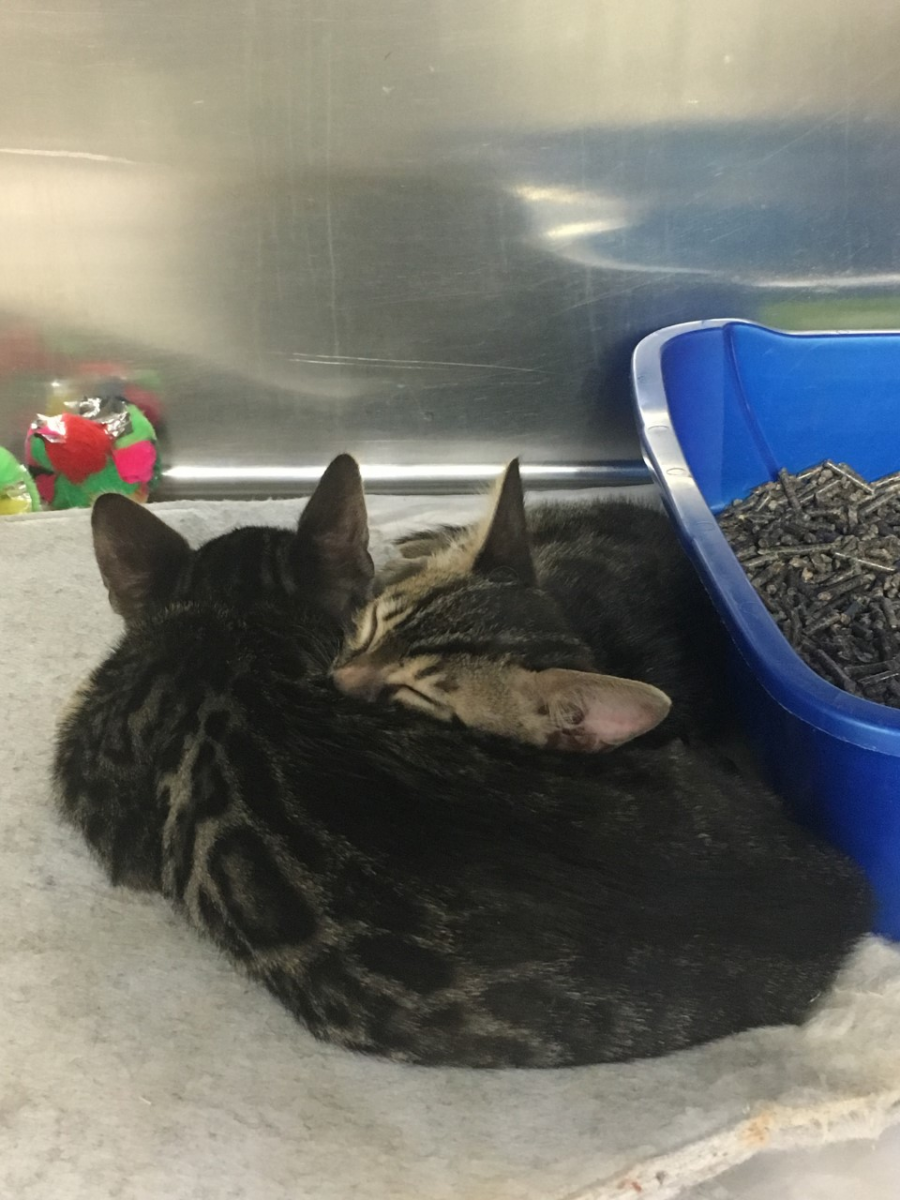Join three Ontario Veterinary College student veterinarians for the OVC Externship Blog Project as they share their experiences from the fall of 2020 completing externships in Ontario veterinary practices.
My second week at Mildmay Veterinary Clinic (MVC) was no less exciting than the first. By Monday afternoon I was already immersed in the misfortunes of yet another species, this time an adorable caprine (goat) that was “blocked”. This is a term used to describe the inability for an animal to pee, and often occurs as a result of urolithiasis, which is a fancy term for ‘stones’. Because of the shape of their urethra (the structure bringing urine out of the body), animals such as bulls and male goats are at a higher risk of developing such obstructions, which are unfortunately quite painful. The prognosis for blocked goats depends partly on the location of the blockage.
At the tip of the penis in goats is an appendage called the urethral process; this is the most common location of blockages in goats. And while just the thought of it may make you cringe, the removal of this process (yes, cutting it off) can often restore urine flow for the animal. However, a unique bend in the urethra called the ‘sigmoid flexure’ also provides an opportune location for mineralized obstructions to park, and if a blockage occurs here, more invasive surgery is necessary.
 After dealing with the poor goat, the rest of the week brought a chance to practice some more necessary skills and procedures. By Friday of that week I had helped: sedate and trim the torn nail of a bulldog; diagnose a kitten with bad ear mites; bathe an elderly dog with significant skin issues; resuscitate puppies after a C-section; and administer subcutaneous (under the skin) fluids in a dehydrated cat. While none of these activities represent the peak of complexity in veterinary medicine, it’s important to know how to do these important basics before, say, finding oneself knee-deep in a complicated surgery.
After dealing with the poor goat, the rest of the week brought a chance to practice some more necessary skills and procedures. By Friday of that week I had helped: sedate and trim the torn nail of a bulldog; diagnose a kitten with bad ear mites; bathe an elderly dog with significant skin issues; resuscitate puppies after a C-section; and administer subcutaneous (under the skin) fluids in a dehydrated cat. While none of these activities represent the peak of complexity in veterinary medicine, it’s important to know how to do these important basics before, say, finding oneself knee-deep in a complicated surgery.
In veterinary medicine (and many fields), there is a saying: “Watch once, do once, teach once”. It’s a pretty self-explanatory adage, but it truly is applicable to the learning process. Wether (joke alert: a wether is a castrated ram) I’m listening in on a sheep parasite prevention conversation between a vet and a client; taking blood from a jugular vein in a dog; or showing the co-op student how to properly restrain an animal, there is a dynamic aspect to my educational journey that I anticipate will be just as present on my last day of practice as my first.
